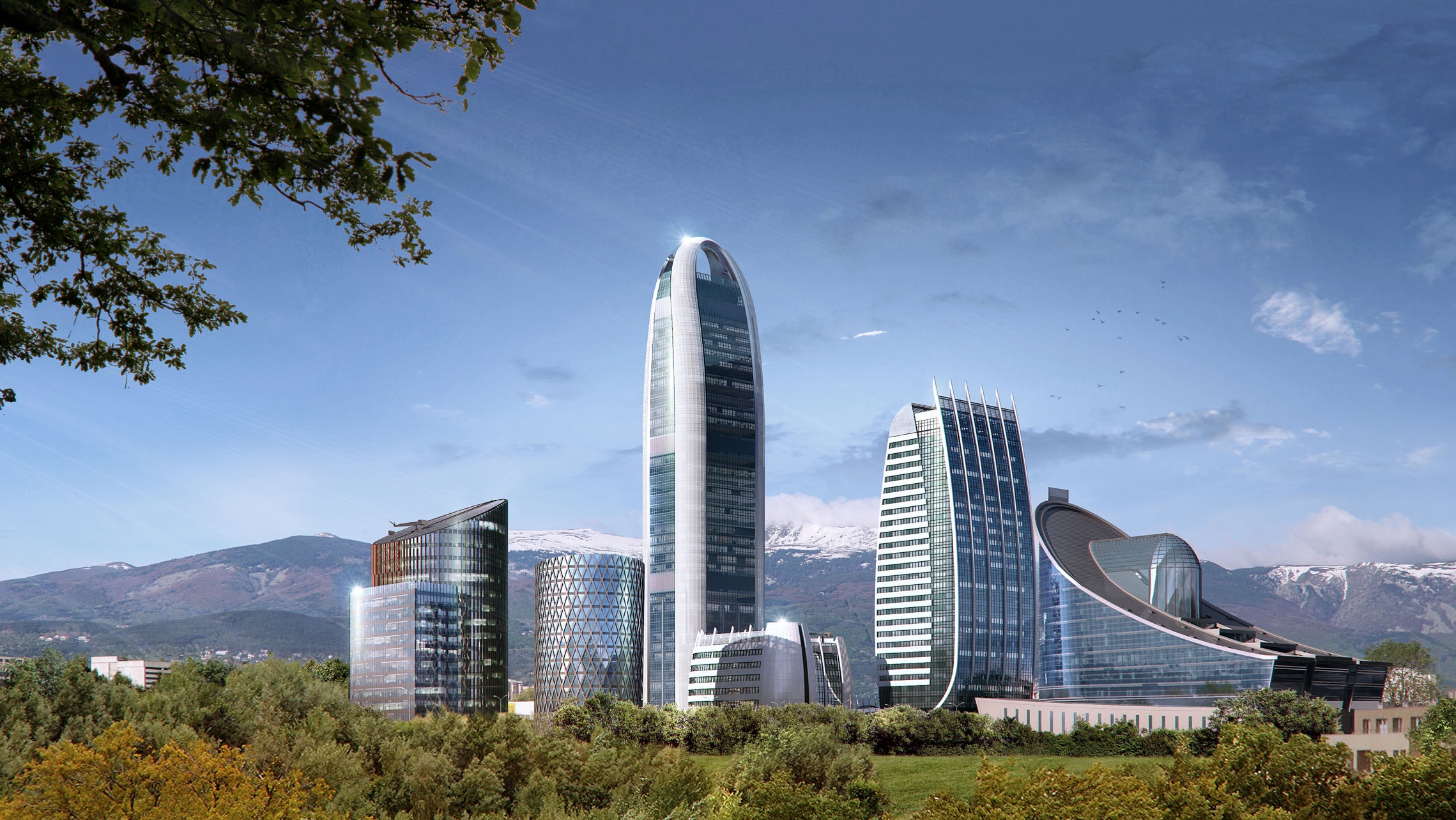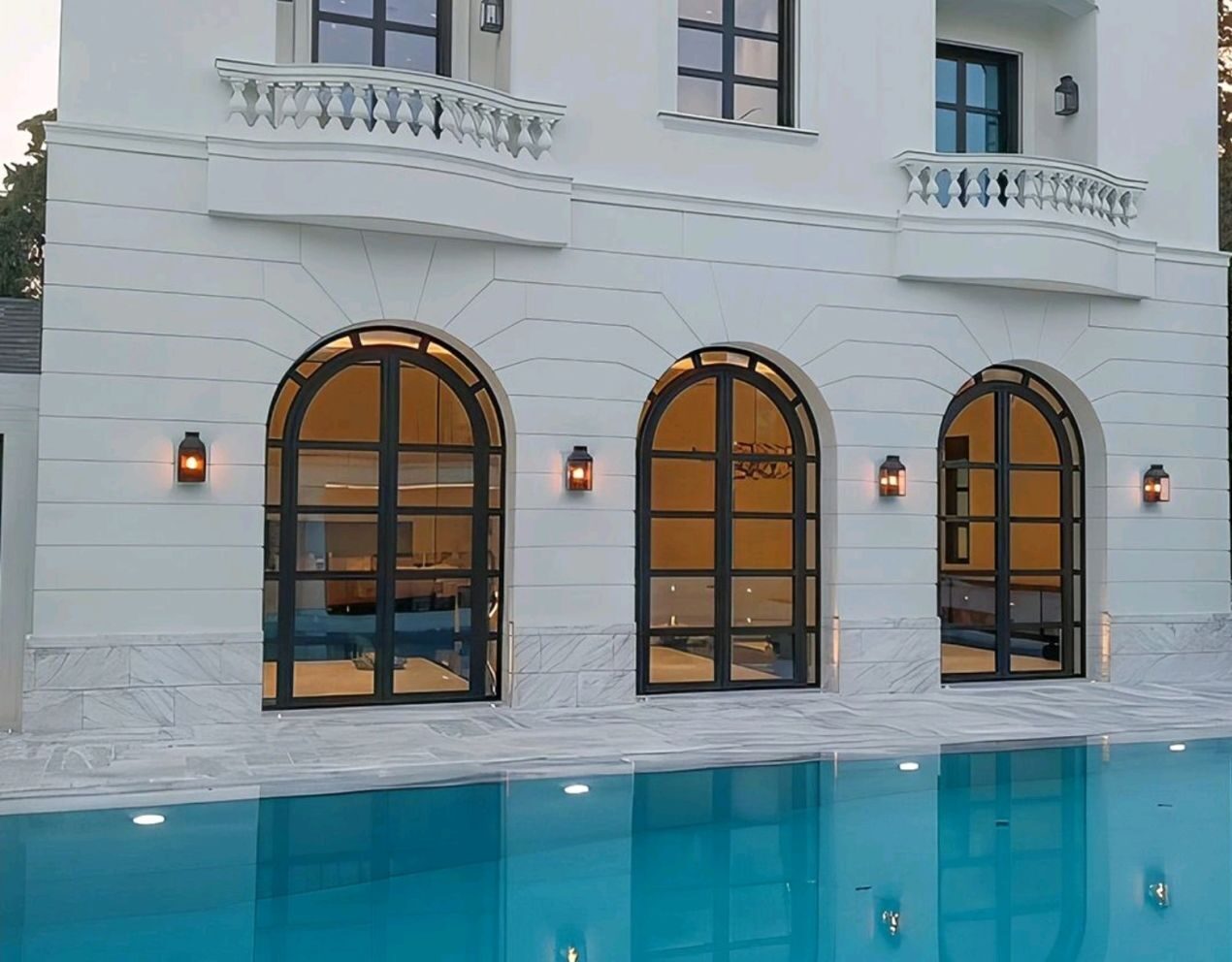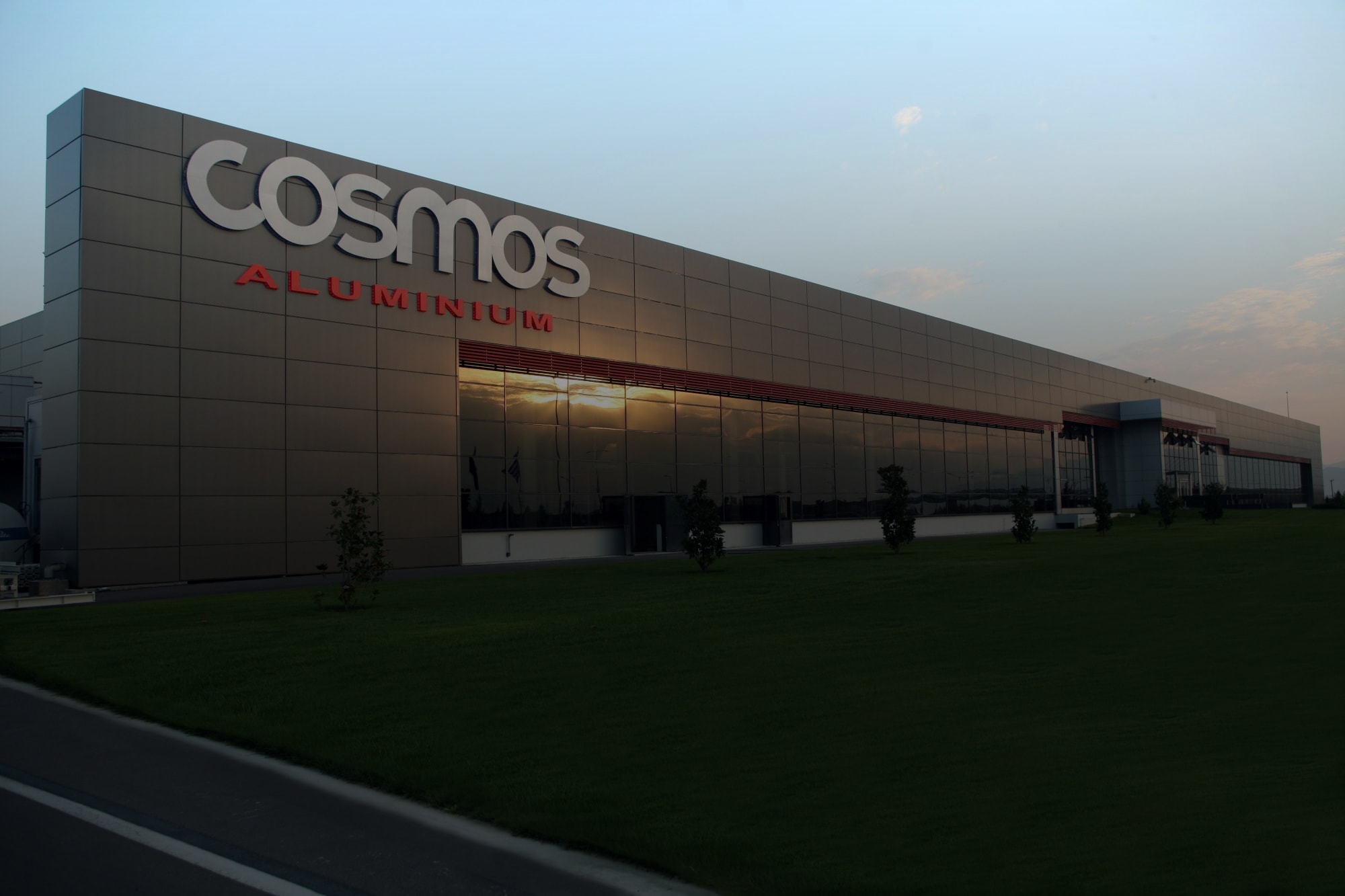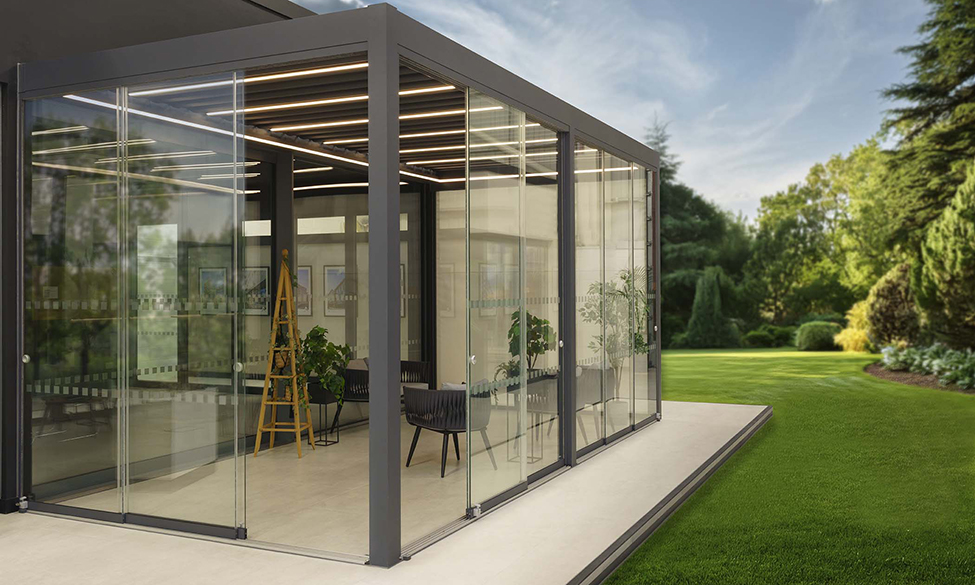Sky Fort is not merely clad in glass, it is composed of it, like a giant crystalline vertebrae rising from the Balkan earth. Its triple-glazed façade, likely incorporating Guardian Sun Guard SNX 50 and internal pane with Guardian Clima Guard 1.0+, transmutes light into utility. These coatings operate like spectral gatekeepers, permitting generous doses of natural brilliance (up to 60% visible light transmission) while banishing excessive solar gain. It’s a subtle choreography of reflection and refraction, filtering the sun’s fury into golden civility.
ETEM E99: The Skeleton Behind the Shine
The curtain wall system, ETEM’s E99, is no passive scaffold. It is a modular marvel, a unitised orchestra of aluminium and glass where every panel plays its part in structural resilience and thermal theatre. Designed for high altitudes and higher ambitions, the E99 locks each glazed panel into a seamless exoskin, resistant to time, tempest, and thermal drift.
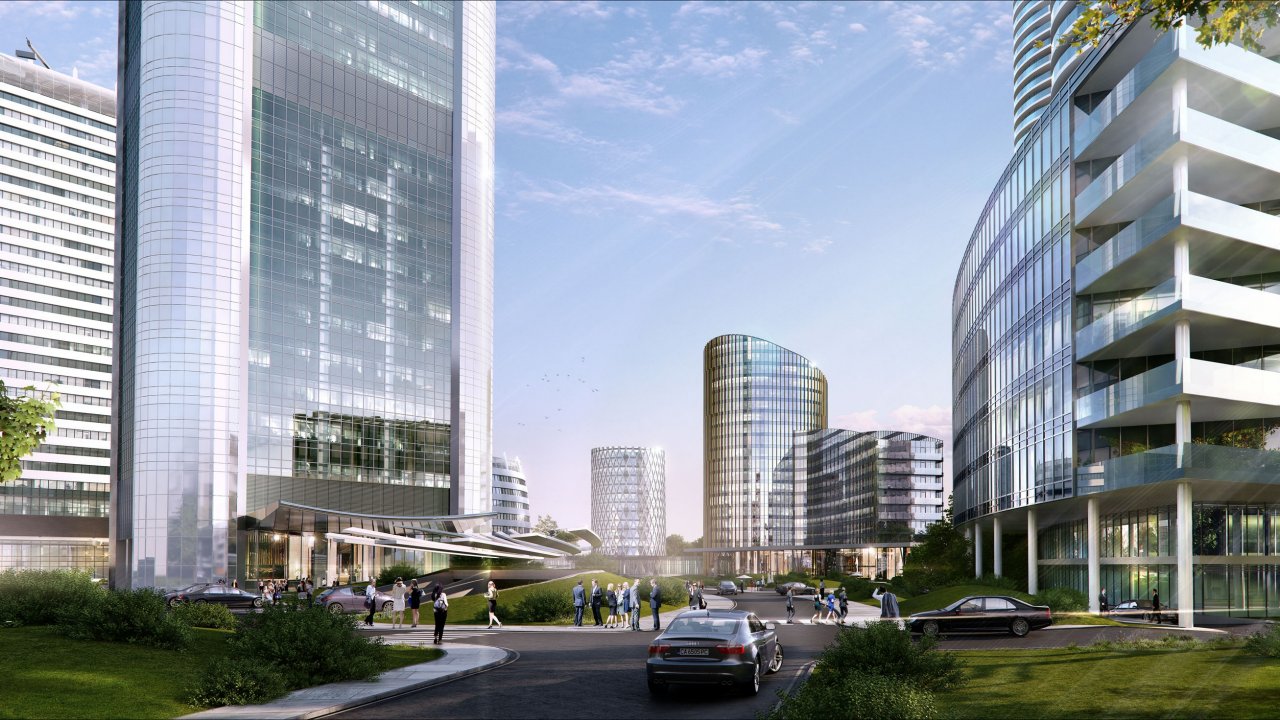
Aluminium: The Silent Titan
Aluminium in Sky Fort is not just structure, it is sculpture. Thermally broken and precisely extruded, these frames whisper efficiency while holding the building’s luminous cloak in tension. They are engineered silence: non-corrosive, non-intrusive, endlessly recyclable. Their matte resilience carries the weight of sustainability without fanfare.
A Monument to Material Intelligence
Sky Fort is not just Bulgaria’s tallest building; it is the Balkans’ most eloquent argument for glass as both material and message. It does not reflect the future, it refracts it, bends it into new spatial rhythms. Here, façades don’t just cover, they perform. They glow, breathe, and regulate.
This tower is not architecture. It is a manifesto in minerals: glass, aluminium, and ambition fused into a single, ascending declaration: that the built environment can be both poetic and high-performing, fragile and formidable, ephemeral and enduring.
Source: Guardian Glass with additional information added by Glass Balkan
